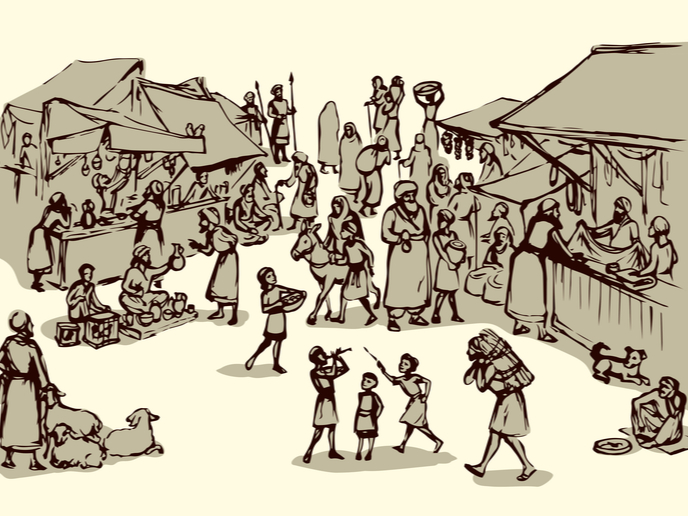Weighing in on trade in the Bronze Age world
When weighing technology was invented in Egypt and Mesopotamia around 3 000 BCE, it marked a turning point in economic history. For the first time, traders could use an objective method to determine the value of goods. This gradually enabled them to trade anywhere in western Eurasia simply by knowing how to convert a particular area’s local weight units. By 1 000 BCE, weighing technology was commonly used across western Eurasia. However, were such weight units enforced by political authorities or were they regulated by the market? Supported by the EU-funded WEIGHTANDVALUE project, researchers from the University of Göttingen, Germany, sought to answer this question by investigating the diffusion of weight systems throughout western Eurasia. Their conclusion overturns previous assumptions that weight standards were handed down by rulers. Since there was no public authority that could enforce weight systems across such a vast region over a 2 000-year period, the standardised weight system must have resulted from market self-regulation. The research results are described in a paper(opens in new window) published in the journal ‘Proceedings of the National Academy of Sciences of the United States of America’.
Remarkable consistency in weight units
To find out how different units of weight came about in various regions and whether standardisation was possible without government intervention, the research team compared all the weight systems used in western Eurasia from 3 000 to 1 000 BCE. A total of 2 274 balance weights were studied from 124 sites in Europe, Mesopotamia, the Indus Valley, coastal Anatolia and the Aegean Sea. Surprisingly, these objects – crafted over 2 000 years in a region spanning 5 000 kilometres – weighed nearly the same in most areas, ranging from 8.2 (Mesopotamia) to 10.5 grams (Crete). The only exception was the Indus Valley, where the unit of weight was about 13.5 grams. Study lead author Dr Nicola Ialongo commented on this remarkable consistency: “It is like we were still using the Roman systems of measurement [today], with just some minor variations,” he stated in a news item(opens in new window) posted on ‘Science’. The team hypothesised that when weighing technology is first adopted in a new region, a new unit of weight emerges, and the main agents responsible for spreading the new technology and normalising the new unit are merchants. To test this hypothesis, they developed a model that simulated the creation of 100 new weight units (systems) over 2 000 years, based on the random propagation of error over time from a single original unit. The simulation provided evidence that weight systems were formed in western Eurasia as the result of the gradual transmission of the weighing technology by merchants. It also showed that the Indus unit was too different to have derived from the Mesopotamian system. The results of the research funded by WEIGHTANDVALUE (Weight metrology and its economic and social impact on Bronze Age Europe, West and South Asia) point to free entrepreneurship as a primary economic driver as early as the Bronze Age. “The idea of a self-regulating market existing some 4,000 years ago puts a new perspective on the global economy of the modern era,” stated Dr Ialongo in a ‘EurekAlert!’ news release(opens in new window). “Try to imagine all the international institutions that currently regulate our modern world economy: is global trade possible thanks to these institutions, or in spite of them?” For more information, please see: WEIGHTANDVALUE project web page(opens in new window)



